Product Description
This Malachite Gemstone Get Up Go Shoe Pendant was crafted using multiple weaving techniques and New Year’s inspiration. Malachite has been known remove stagnation and to motivate. With this knowledge and the air of the new year, This Malachite Gemstone was transformed into a reversible shoe pendant.
Pendant Dimensions: 1.75″ x 1.75″; 44.45 mm x 44.45 mm
Chain: 24″ ; 610 mm
Chain may be cut to size for better fit upon request.
Malachite is a green copper carbonate hydroxide mineral with a chemical composition of Cu2(CO3)(OH)2. It was one of the first ores used to produce copper metal. It is of minor importance today as an ore of copper because it is usually found in small quantities and can be sold for higher prices for other types of use.
Malachite has been used as a gemstone and sculptural material for thousands of years and is still popular today. Today it is most often cut into cabochons or beads for jewelry use.
Malachite has a green color that does not fade over time or when exposed to light. Those properties, along with its ability to be easily ground to a powder, made malachite a preferred pigment and coloring agent for thousands of years.
Malachite is a mineral that forms at shallow depths within the Earth, in the oxidizing zone above copper deposits. It precipitates from descending solutions in fractures, caverns, cavities, and the intergranular spaces of porous rock. It often forms within limestone where a subsurface chemical environment favorable for the formation of carbonate minerals can occur. Associated minerals include azurite, bornite, calcite, chalcopyrite, copper, cuprite, and a variety of iron oxides.
Some of the first malachite deposits to be exploited were located in Egypt and Israel. Over 4000 years ago, they were mined and used to produce copper. Material from these deposits was also used to produce gemstones, sculptures, and pigments. Several large deposits in the Ural Mountains of Russia were aggressively mined, and they supplied abundant gem and sculptural material in the 1800s. Very little is produced from these deposits today. Much of the malachite entering the lapidary market today is from deposits in the Democratic Republic of the Congo. Smaller amounts are produced in Australia, France, and Arizona.
Malachite’s most striking physical property is its green color. All specimens of the mineral are green and range from a pastel green, to a bright green, to an extremely dark green that is almost black. It is typically found as stalactites and botryoidal coatings on the surfaces of underground cavities – similar to the deposits of calcite found in caves. When these materials are cut into slabs and pieces, the sawn surfaces often exhibit banding and eyes that are similar to agate.
The vivid green color, bright polished luster, banding and eyes of malachite make it very popular as a gemstone. It is cut into cabochons, used to produce beads, sliced into inlay material, sculpted into ornamental objects, and used to manufacture tumbled stones. Small boxes made from slices of malachite are attractive and popular.
Malachite is a copper mineral, and that gives malachite a high specific gravity that ranges from 3.6 to 4.0. This property is so striking for a green mineral that malachite is easy to identify. Malachite is one of a small number of green minerals that produces effervescence in contact with cold, dilute hydrochloric acid. It is also a soft mineral with a Mohs hardness of 3.5 to 4.0. – Adopted from Geology.com
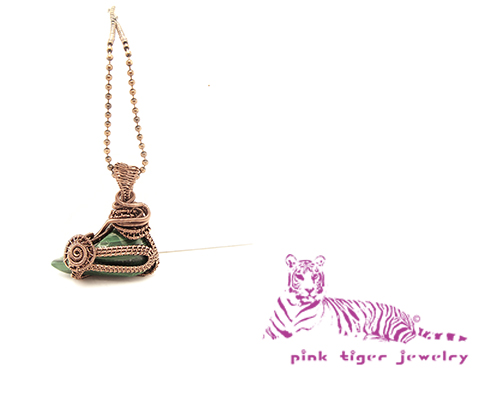
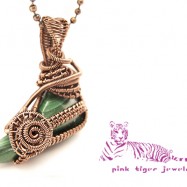
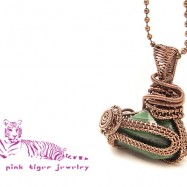
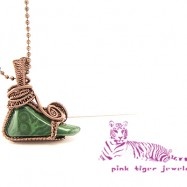
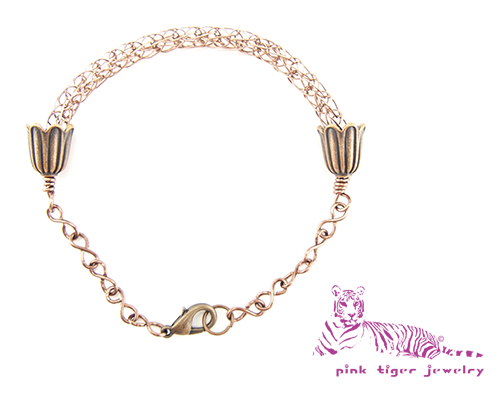
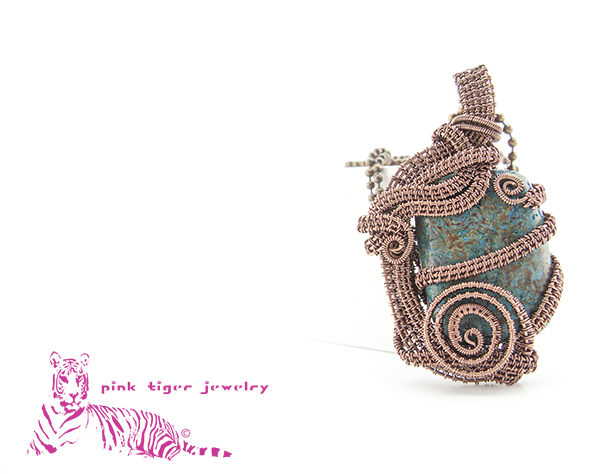
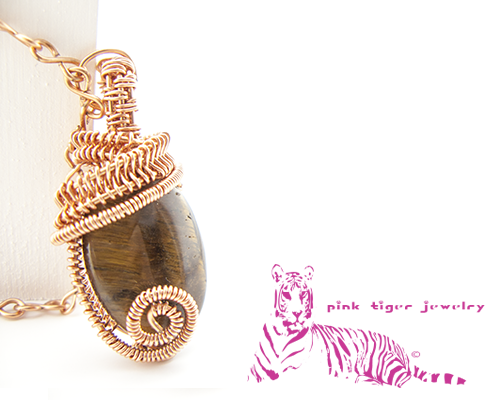
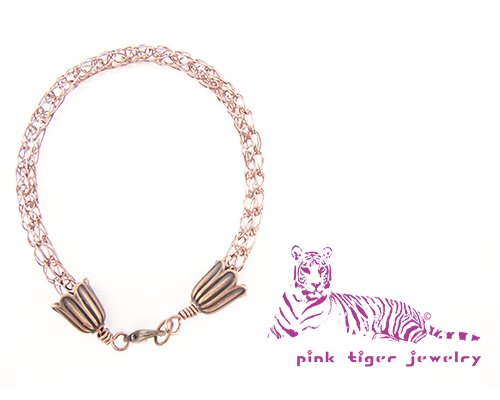
Reviews
There are no reviews yet.